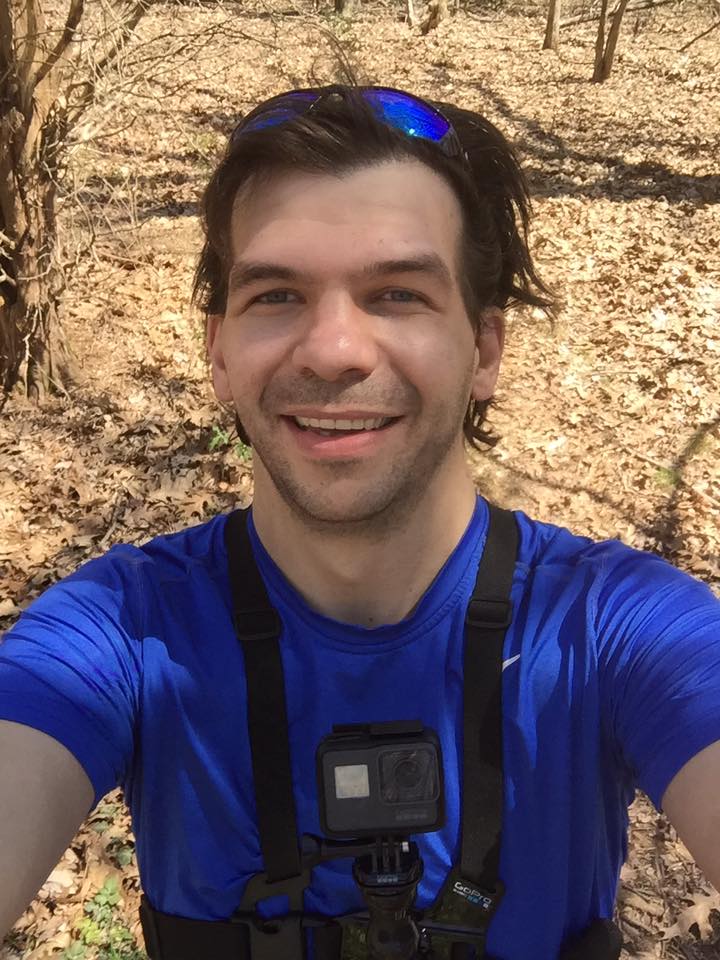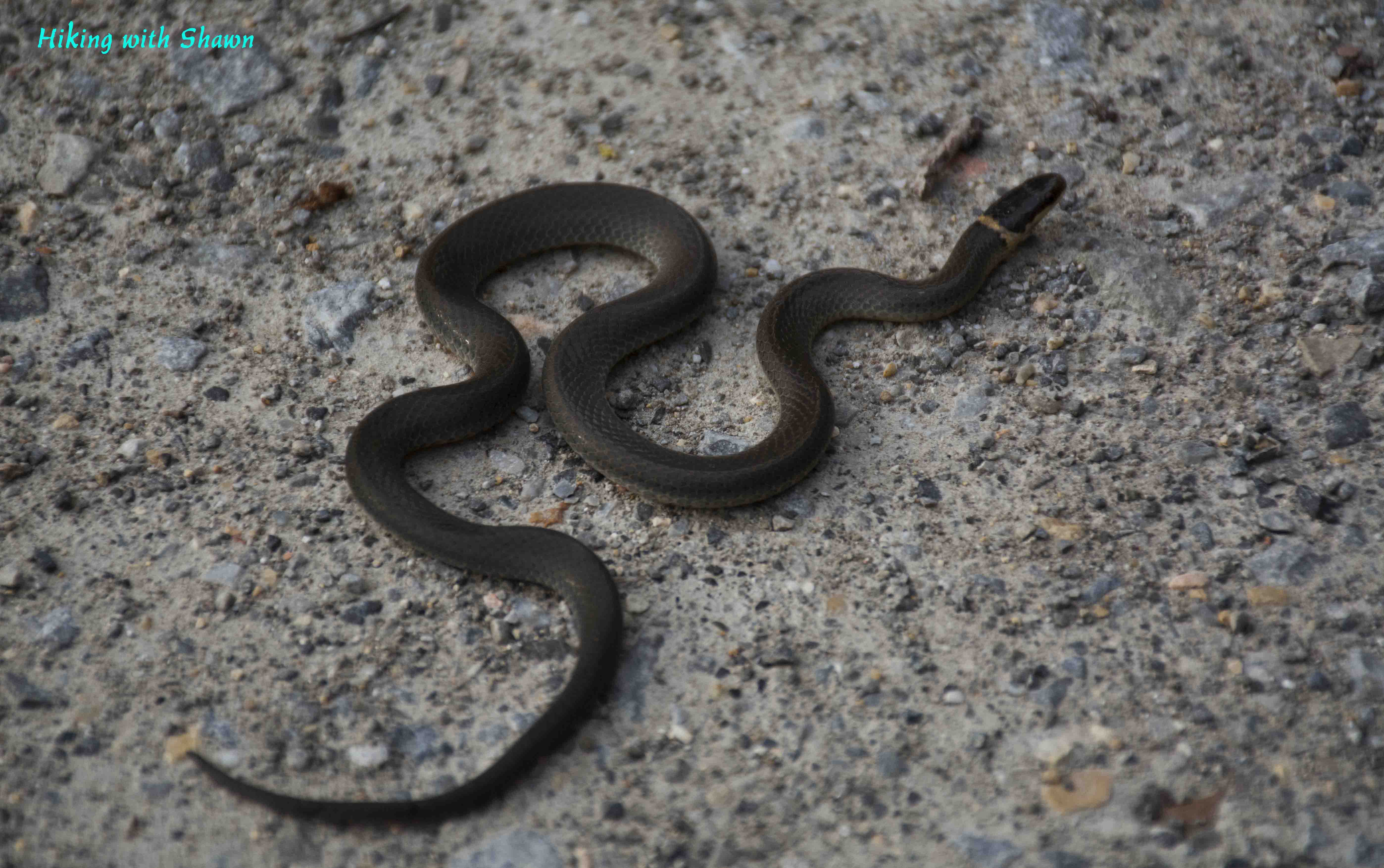Shawnee National Forest
Hiking Guide for Beginners
Shawnee National Forest Hiking might sound intimidating to you and that the task may not be as easy as you’d like it to be, but the truth is, Shawnee National Forest hiking and outdoor recreation can be for anyone of any age and any physical condition.
To make it a lot easier, I’ve created this extensive guide to help Shawnee National Forest Hiking be rewarding for all beginners who would like to explore our awesome forest in southern Illinois.
Choosing a Beginner Hiking Trail!
Be sure to check out my YouTube Channel for More Easy Trails in the Shawnee National Forest!
Choosing the Right Hiking Gear!
GEAR STORAGE: Gear Storage is an important item to consider. Having a durable backpack is essential to day hike or a backpacking trip. Some important considerations when choosing a backpack is:
- Support – the backpack should support your physical body. Most school-styled backpacks are not meant to be worn for long periods of time with significant amounts of weight. Doing so can damage you physically. Backpacks should have support straps and construction in place that keeps the protection of your body in mind.
- Weight – the backpack should be able to carry the amount of gear that you wish to carry. Weight the gear you want to carry before considering a backpack. Most backpacks for hiking and backpacking are measured in liters.
- Storage – it is important to note on the type of storage that you want. Some people prefer one storage compartment while others want a variety of storage compartments. Some packs have special storage areas for specific items such as tents and sleeping bags.
- Features – make sure you are not being fooled by unneeded features. Features needs to be useful such as built-in rain shields, back support systems and water-resistant compartments for electronic equipment.
HEALTH GEAR: Health Gear is an important type of gear to bring with you so that you can keep yourself maintained in good health while on your hiking or backpacking adventures. Some health items include:
- First Aid Kit – this essential item is highly recommended. Get a first aid kit of supplies that you know how to use. Don’t carry more than you need or anything that you don’t know how to use.
- Food and Water – it is important that you pack food and water with your for your hiking adventures. You should always pack more food and water that you will actually need in case something goes wrong and you have to stay longer.
- Health Tools – you should consider the tools you’d need for a healthy hike. These may include silverware, portal cooking devices, water filtration system and fire starting devices.
- Personal Aids – these items are meant for personal health. They might include anti-tick spray, bug spray, clean wipes, soap, tooth-care products, toilet paper and other personal needs gear.
NAVIGATIONAL GEAR: Navigational Gear is an important topic to consider when deciding on what to take with you. It is important that you understand where you are at all times. Some items worth considering, include:
- Flashlight & Extra Batteries – if you get lost and have to stay longer than you expected, having a source of light is critical to ensuring that you can find your way out of the woods. Bring extra batteries just in case!
- GPS – the GPS or Global Positioning System will help you determine where you are at most times. Most GPS units also allow you to leave “breadcrumbs” in case you need to backtrack your way back to a certain point.
- Compass – A good compass it a good form of navigation. It is often recommended to take note of the compass direction where you start at in case you get lost and need to head back in that direction to find the start.
- Maps – good old fashion maps can really make a difference during your hiking experience. Most of the Forest Service offices carry updated maps that are worth adding to your list of gear.
SURVIVAL GEAR: Survival Gear is an important aspect when deciding on protective gear to take with you on your hiking adventures. The following items are good for survival gear selections:
- Shelter – bringing some form of shelter is an important gear item if you have to stay the night, whether intentionally or unintentionally. This could be a tent, a tarp or a hammock of some sort.
- Knife & Saw – it is recommended that you bring both a knife and a saw when hiking. A knife for cutting or defense and a saw for sawing off wood if you need it for a fire.
- Defensive Device – whether you carry a sound grenade, defense spray or a firearm, some form of defensive tool is recommended. Ensure that you abide by all local laws regarding weapons carrying.
- Layers – It is recommended that you bring extra clothing layers such as compression-wear for base layering, rain gear for wet conditions and even an emergency shock blanket just in case.
Staying Safe While Hiking!
Shawnee Hazards!
- Bluffs & Cliffs (or what I like to call bluffage)
- Venomous snakes and spiders
- Wild dogs, coyotes and bobcats
- Caves, mines and sinkholes
- Fire and weather concerns
- Lack of water sources
- Unimproved roadways
- Other forest users


Safety Tips!
- Watch where you are going, don’t fall! Bluffs are especially dangerous during wet and slick conditions. At least 1-3 people die each year in the Shawnee from falling.
- Avoid contact with snakes, they don’t want to bite you but they will to defend themselves. Black widows are known to hang out under rocks and in holes on the bluffs.
- Carry pepper-spray with you and a knife just in case. Always try to yell and act big when threatening wildlife are present. Most of them will avoid you beforehand.
- Most caves are closed to protect bats. Caves are dangerous and if lost, you will likely not be found. Be sure to avoid sinkhole areas. Old settlements usually have wells.
- During dry conditions, there is always a risk of wild-land fires. Be sure to put your fires out before leaving. Check the local weather conditions before adventuring.
- Most trails do not have rest rooms or potable water sources. Many creeks are often dry. Always filter water and bring enough water to last a few days just to be safe.
- Potholes, loose gravel and washouts are common among the forest roads in the Shawnee. Be sure that you have emergency gear in your vehicle just in case.
- Other hikers, mountain bikers and horseback riders may be present. While the Shawnee is particularly safe from bad people, other people may create unknown hazards.
- Always practice SAFETY FIRST to ensure that your experience in the Shawnee National Forest is a fun and memorable experience!

Shawn J. Gossman
Host








As former southern Illinois resident and having been a frequent visitor to the National Forest, I am glad that you are writing so much about our wonderful area of southern Illinois. I only wish that this information had been available to me back in the late 50’s, early 60’s. I still have my complete set of maps and along with me original and copy of my 1856 map by county of Illinois, I had a great time locating many but not all of the places to mention. Of course back then, trails were not marked so we had to find places/things on our own. I was a member of The Big Muddy 4 Wheelers auto club, and we would spend one weekend each summer cleaning trash on the eastern side of forest and the next summer on the western side. We were always respectful of the forest and trails. Miss those days a great deal.
That was a great guide. Really enjoyed it.
I have been enjoying your YouTube channel. I’ve just taken up backpacking and I’m going to start all my adventures in Shawnee. We are from Wabash County and love traveling to Shawnee National Forest. Keep the videos coming maybe with advice on what to pack and gear recommendations.
Thank you for the kind words! I really appreciate it! 🙂 Let me know if you ever need any help!
Are there certain trails that are better for hiking there during hunting season as a solo hiker?
I’ll be posting an article on that tomorrow!